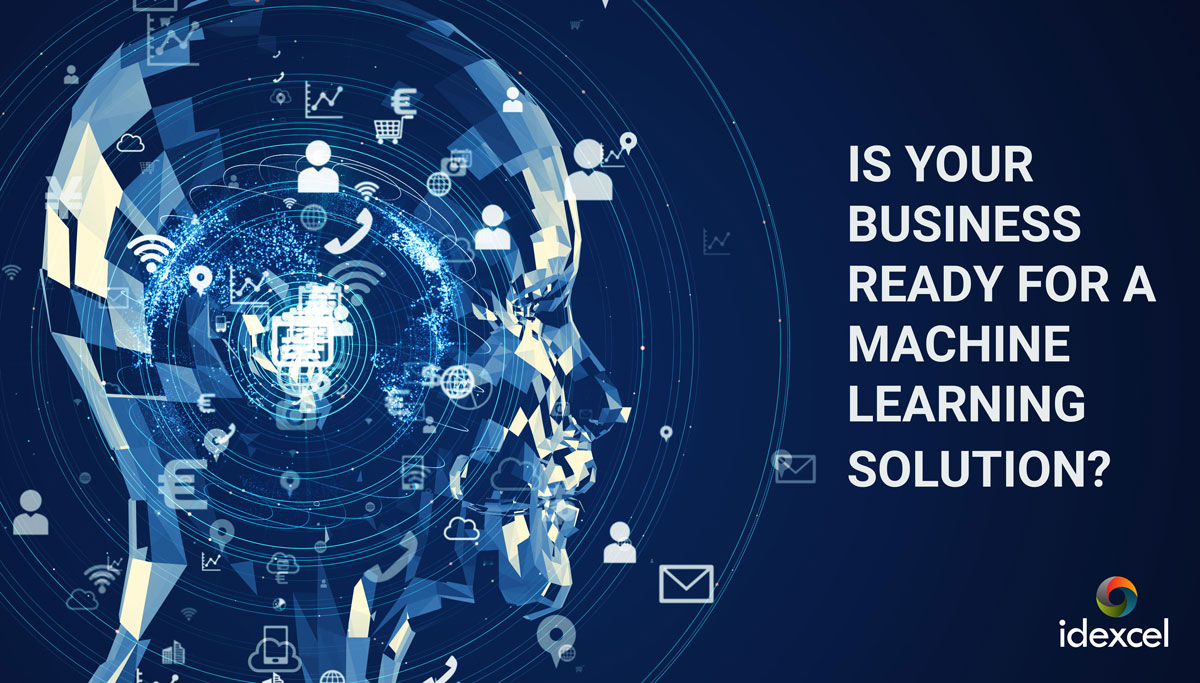
The term Machine Learning (ML) is defined as ‘giving computers the ability to learn without being explicitly programmed’ (this definition is attributed to Arthur Samuel). Another way to think of this is that the computer gains intelligence by identifying patterns and data sets on its own, improving output accuracy over time as more data sets are examined. Since ML can be a challenging solution to implement, we’ve put together some foundational steps to assess the feasibility of building an ML solution for your organization:
1. Identify the problem TYPE
Start by distinguishing between automation problems and learning problems. Machine learning can help automate your processes, but not all automation problems require learning.
Automation: Implementing automation without learning is appropriate when the problem is relatively straightforward. These are the kinds of tasks where you have a clear, predefined sequence of steps currently being executed by a human, but that could conceivably be transitioned to a machine.
Machine Learning: For the second type of problem, standard automation is not enough – it requires learning from data. Machine learning, at its core, is a set of statistical methods meant to find patterns of predictability in datasets. These methods are great at determining how certain features of the data are related to the outcomes you are interested in.
2. Determine if you have the right data
The data might come from you, or an external provider. In the latter case, make sure to ask enough questions to get a good feel for the data’s scope and whether it is likely to be a good fit for your problem. consider your ability to collect it, its source, the required format, where it is stored, but also the human factor. Both executives and employees involved in the process need to understand its value and why taking care of its quality is important.
3. Evalute Data Quality and Current State
Is the data you have usable as-is, or does it require manual human manipulation before introducing into the learning environment? A solid dataset is one of the most important requirements for building a successful machine learning model. Machine learning models that make predictions to answer their questions usually need labeled training data. For example, a model built to learn how to determine borrower due dates to improve accurate reporting needs a starting point from which to build an accurate ML solution. Labeled training datasets can be tricky to obtain and often require creativity and human labor to create them manually before any ML can happen.
4. Assess Your Resources
Do you have the right resources to maintain your ML solution? Once you have an appropriate question and a rich training dataset in hand, you’ll need people with experience in data science to create your models. Lots of work goes into figuring out the best combination of features, algorithms, and success metrics needed to make an accurate model. This can be time-consuming and requires consistent maintenance over time.
5. Confirm Feasibility of ML Project
With the four previous steps for assessing whether or not ML is right for your organization, consider the responses. Is the question appropriate for building an ML business solution? Is the data available, or at least attainable? Does the data need hours of human labor? Do you have the right skilled team members to carry out the project? And finally, is it worth it – meaning, will the solution have a large impact, financially and socially?
It’s important to consider these key questions when assessing whether or not Machine Learning is the right solution for your organization’s needs. Connect with our ML experts today to schedule your free assessment.
